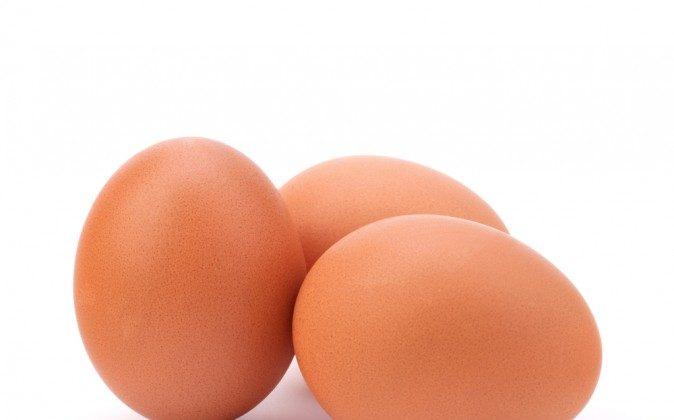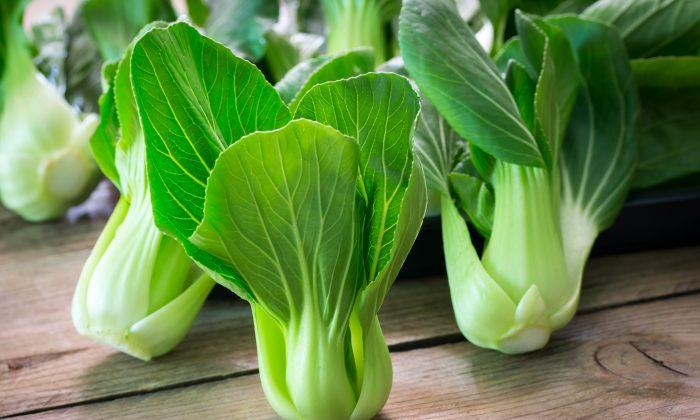Eating with the elements is elemental to your good health. I’m a big fan of reminding people to tune into the rhythm of the day—the circadian rhythm. I call it “catching the wave.”
Not surprisingly, it’s in the best interest of your health to rise with the sun and sleep when it’s down, to catch that wave of the day. Defying these daily patterns will inevitably take a toll on your well-being.
And what about the seasons? Is there another wave you could be catching to optimize your ability to ward off illness and seize your physiological stamina?
What do the seasons tell us about our health?
Ultimately, it’s in our best interest to tap into more than just the rhythms of the day, but also the intervals of the weather, the ecology, and the soil. This is an age-old concept that we may have lost touch with as we’ve gained the luxury to buy bananas in the midst of the cool, dark, and damp days of autumn.

Hippocrates, in teaching the “doctors” of his day, said: “Consider the seasons of the year and what each of them produces.”
Historically, not only healing, but also diagnostics, was approached in keeping with the seasons. This was true in Egypt, in Greece, in China—all over the globe.
In fact, early Chinese physicians developed the Five Elements Theory to help determine how our bodies and minds change and respond during different seasons. For instance, the winter may produce feelings of fear, the summer the sensation of joy, and fall may trigger feelings of grief.
By understanding how these elements live within us, we can further tune into how we’re feeling and more easily turn to the foods of the season that can heal and nourish us.
Essence of Autumn

Autumn marks the end of the growing season. It also beckons us to turn inward, to release much of the external energy that calls to us during the warmer months.
The essence of this season supports our letting go of waste, eliminating what we no longer need, and illuminating what’s most important. Just like the trees around us—shedding their leaves and revealing the endurance and capacity of the branches usually hidden from our view—we are brought back to our core.
In keeping with these yearly junctures, each season I invite you to join me to tap into the healing secrets of the season. By doing so, you also harness the healing secrets innately within you.
I love how the New York Times food columnist Molly O'Neill describes autumn like old age, like something that creeps up on you and is suddenly there. She says: “Gradually you begin to bend inward, and one day you are surprised to find yourself immersed in yourself.”
“As the season leans more toward winter, and squash changes from summer’s watery sponge to dense gourds, life slows down and so does cooking, gradually,” she says. “First you think of chowders, then soups, then bisques. In the end, everything is stew. ... Lacking the surging juices of summer’s ingredients, fall produce generally benefits from slow, moist cooking. So does the human soul.”
Autumn Eating

And while the banana might not have a place in your late autumn shopping cart (depending, of course, on where you live), let’s consider the harvest bounty that you can enjoy to catch the wave of the season:
- Squash
- Pumpkin
- Broccoli
- Brussels sprouts
- Cauliflower
- Cabbage
- Garlic
- Onions
- Fennel
- Autumn greens
- Arugula
- Radicchio
- Peppers
- Sweet potatoes
- Mushrooms
- Apples
- Pears
- Asian pears
- Persimmons
- Pomegranates
- Cranberries
- Parsnips
- Radishes
Consuming these foods will enable you to step into sync with the season. From there, the seemingly impossible might happen.
The beauty of eating with the elements, eating these very foods at this time of year, is that they actually work to heal and repair the organs associated with the season.
In the fall, we turn our attention inward, to our lungs and primarily our colon. Autumn presents the opportunity to harness our internal resolve, self-worth, vitality, and endurance. It also invites the release of emotional upsets and grudges, as well as anything else we might be holding on to physiologically and psychologically.
Exhale and release what you don’t need.
Turn inward. Turn to the kitchen. Turn to the soup pot.
Take a turn for you. Take the time to retreat into autumn.
And ponder one last quote by our friend Molly, who reminds us, as we step into the rhythm of the season, to find the buried honey in the bitterness of our food and our lives: "Time is what there is most of in fall. Like spring, autumn is a wrinkle, some days taut and other days loose, between summer and winter.
“It is a season of waiting and subtle foreboding, hence a season in slow motion rift with yearning. The cook becomes an alchemist. She turns the hard into the yielding, the dry into something unctuously moist, brings the dead back to life, finds the buried honey in the bitterness. All in her own sweet time.”
With a career born of a personal family health crisis, award-winning functional nutritionist and educator Andrea Nakayama takes the idea of food as personalized medicine beyond a clinical practice. Her online programs at ReplenishPDX.com and HolisticNutritionLab.com guide her clients in taking ownership over their health. [email protected]






Friends Read Free